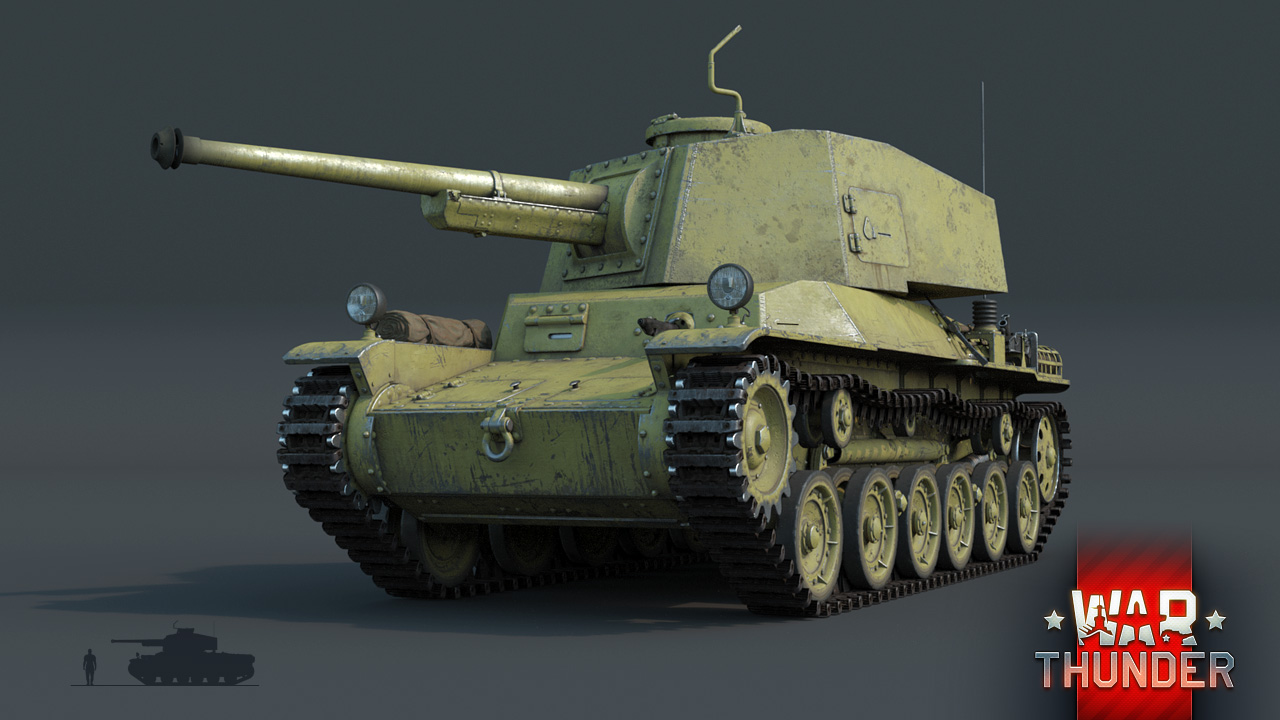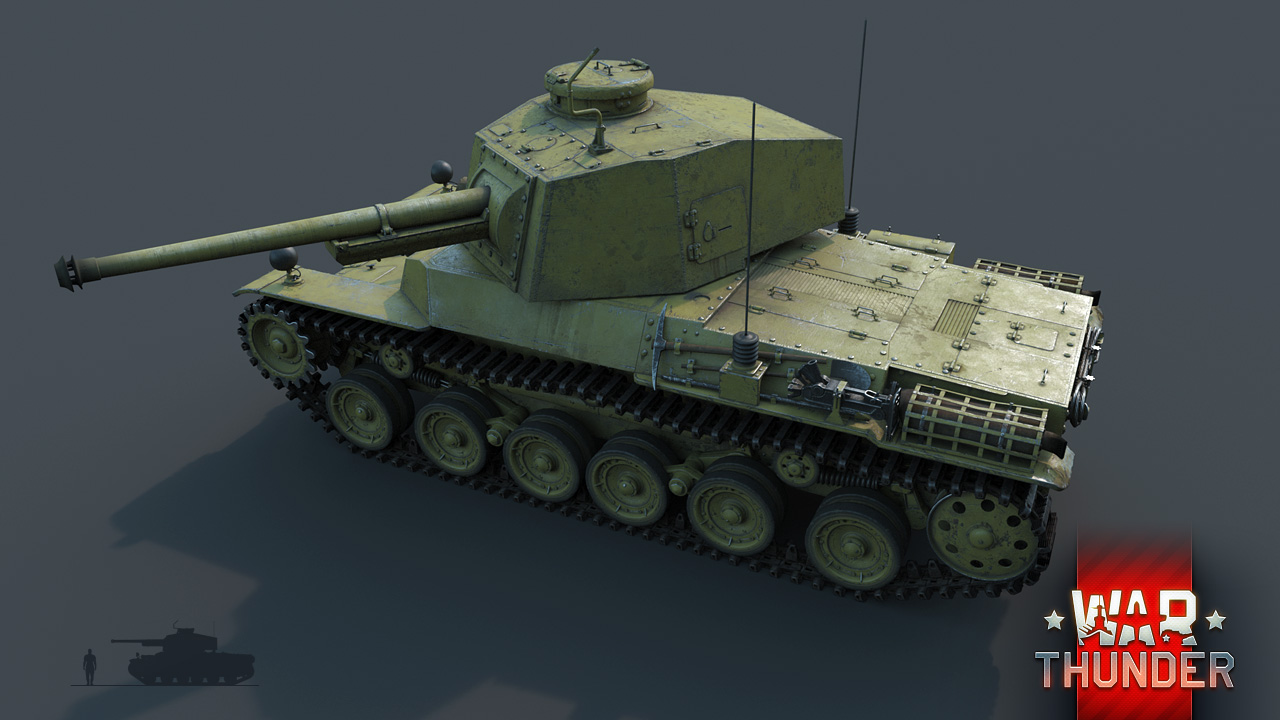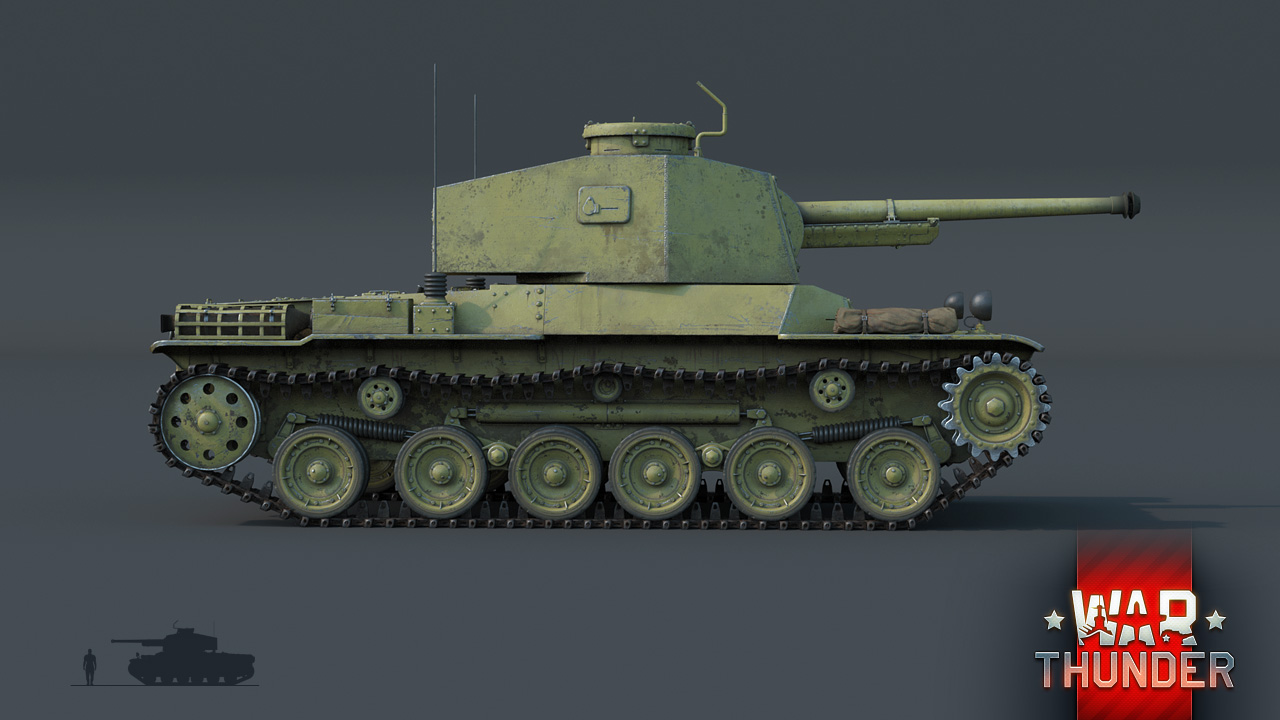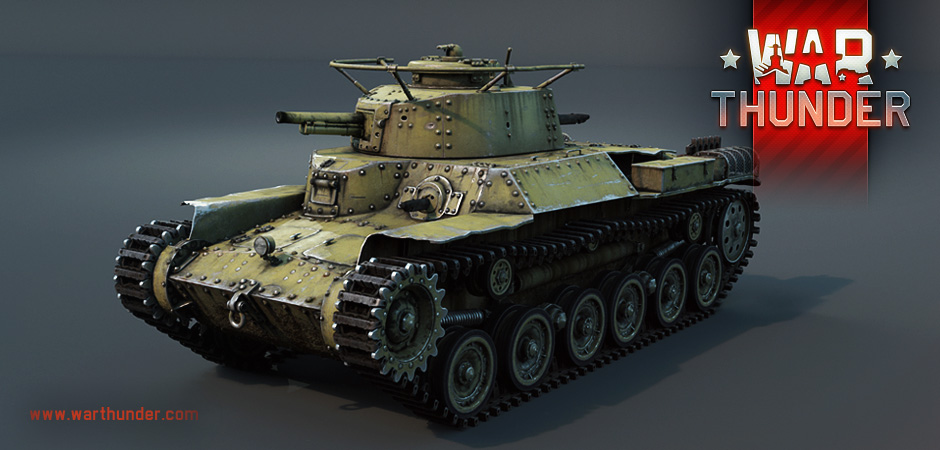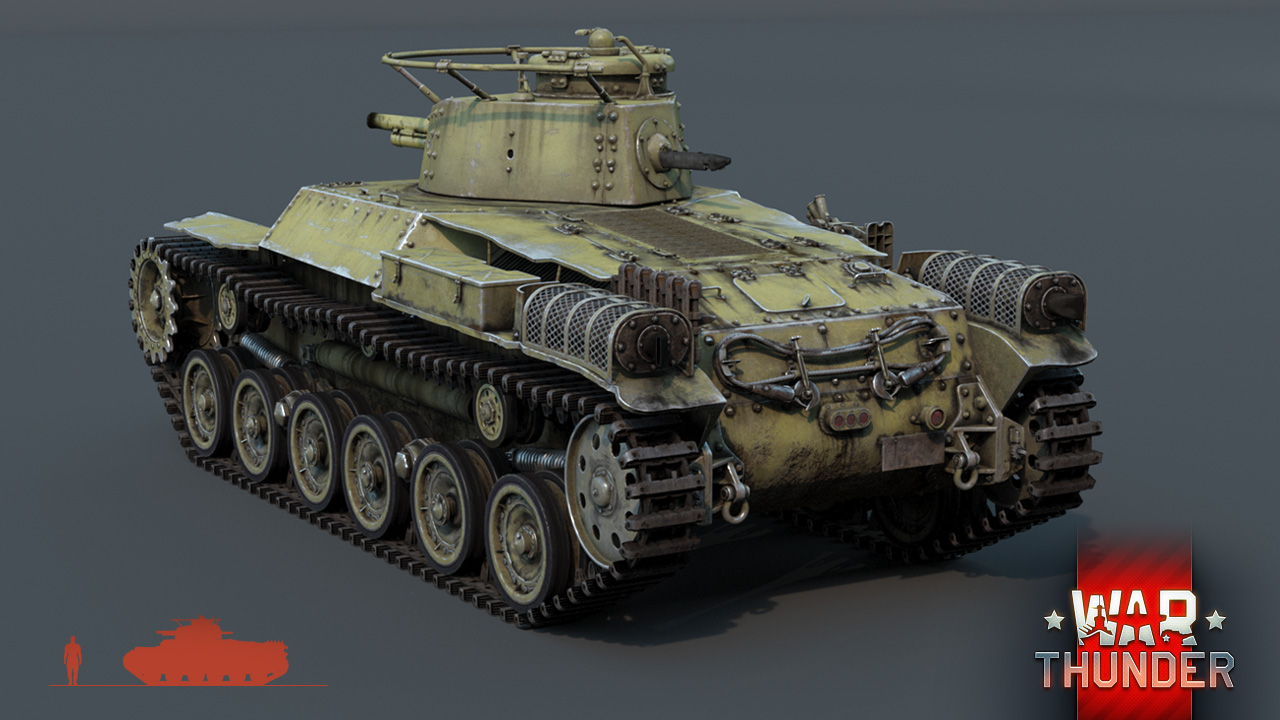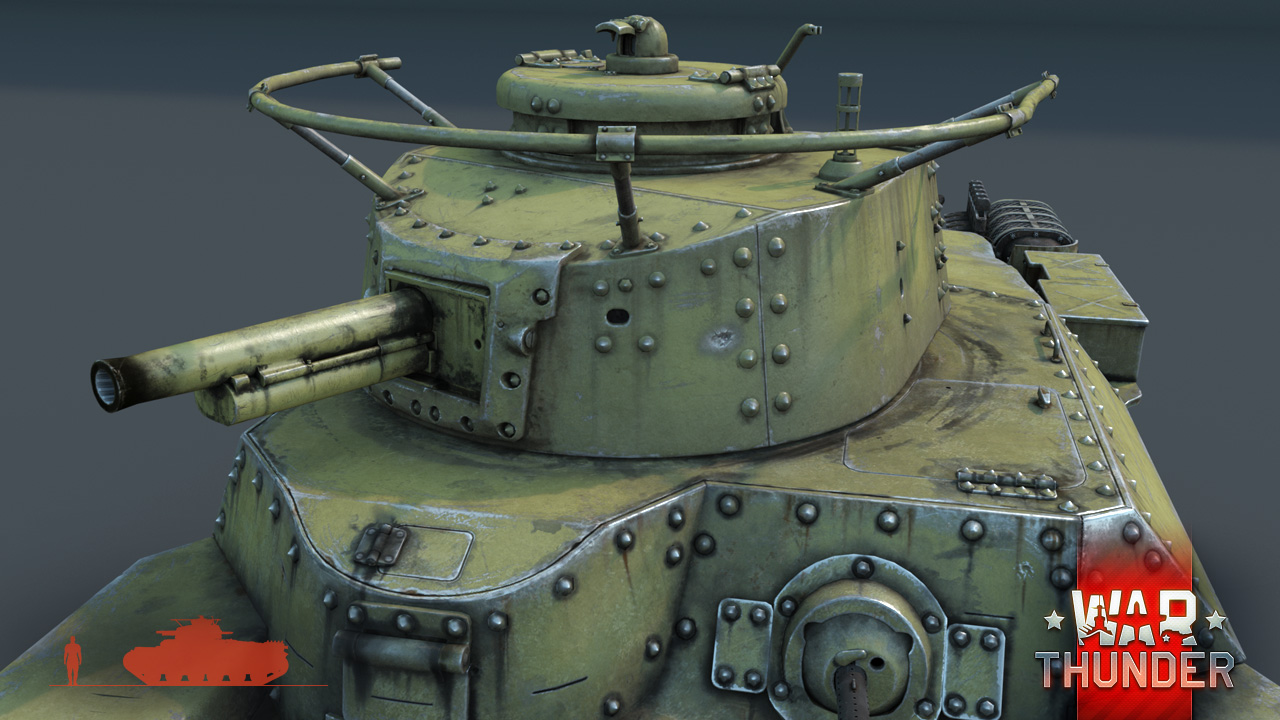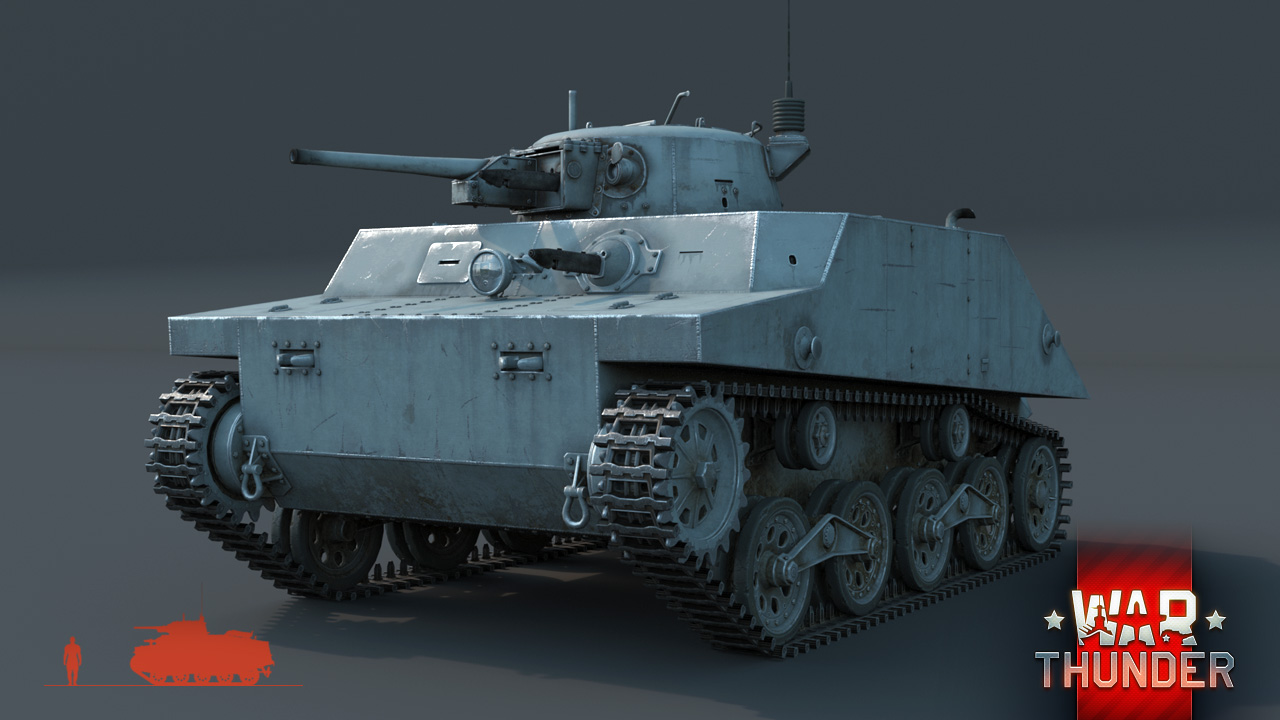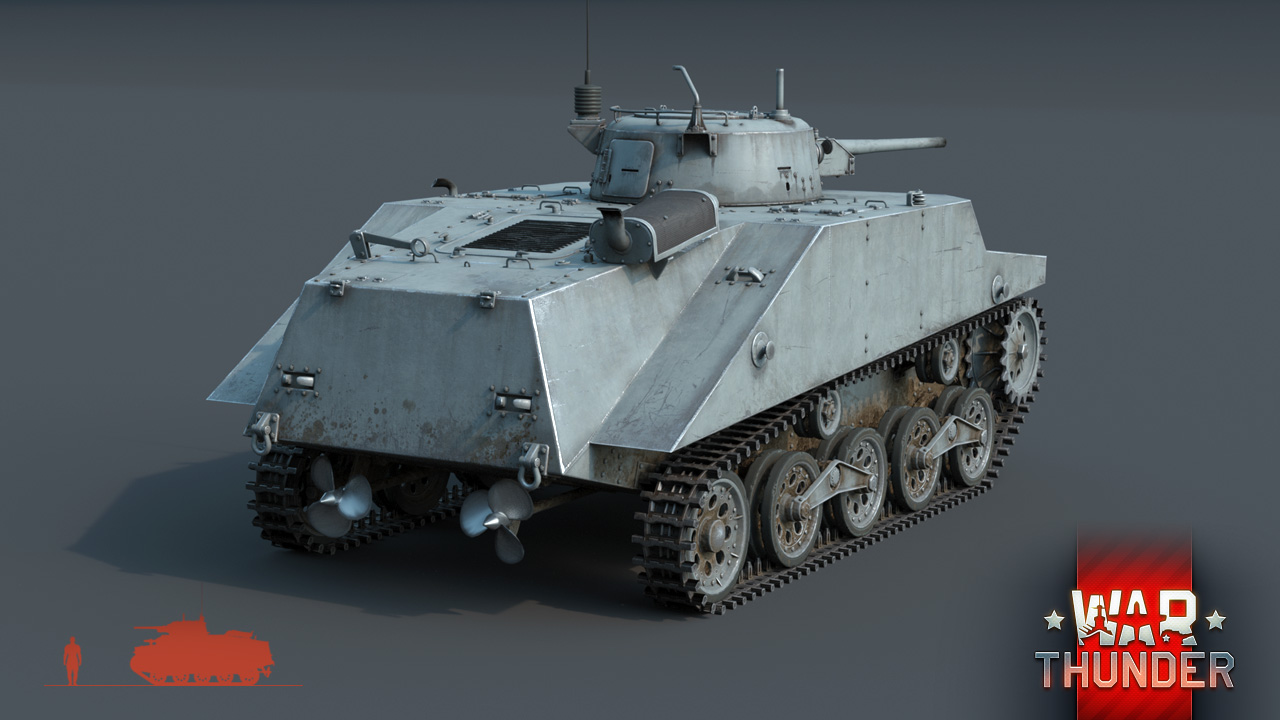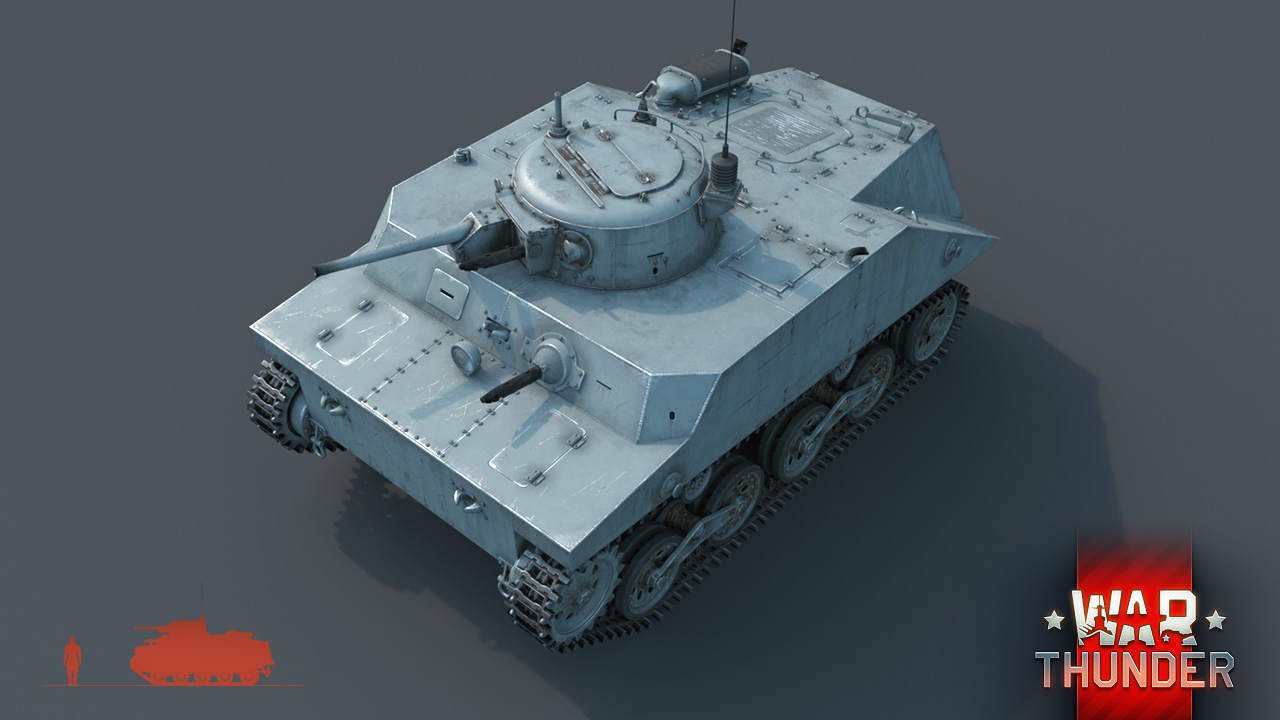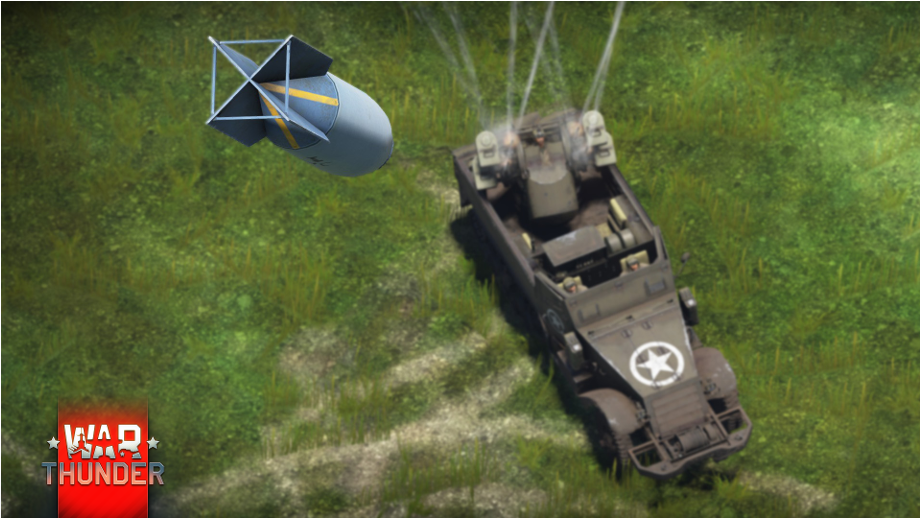
Nov 17, 2016
War Thunder - pryanick
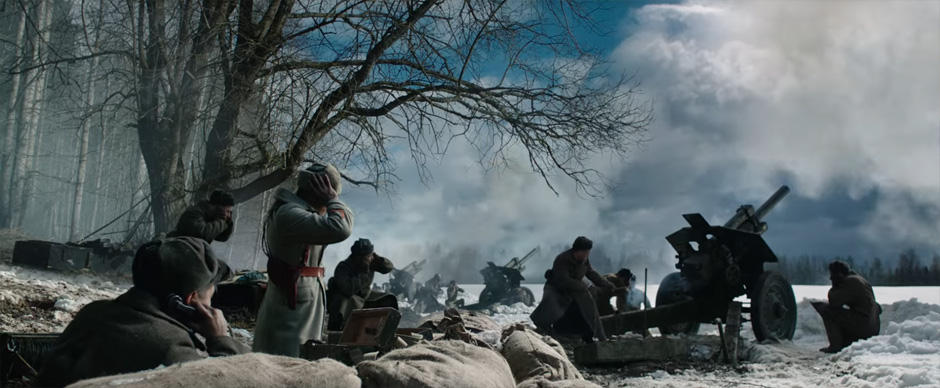
From November 16th 16:00 GMT to November 24th 07:00 GMT
Take part in the event “Battle at the Dubosekovo crossing” in Arcade Battles and win prizes!
Take part in the event “Battle at the Dubosekovo crossing” in Arcade Battles and win prizes!
The Movie “Panfilov’s 28” by “28 Panfilov’s Guardsmen” studio and “Gaijin Entertainment” is about to premiere in Russia on November 24th. In order to celebrate the film’s release, we have prepared an event, as well as a player’s icon and tank decal which can be won in the event.
Read the full Dev Blog here!




